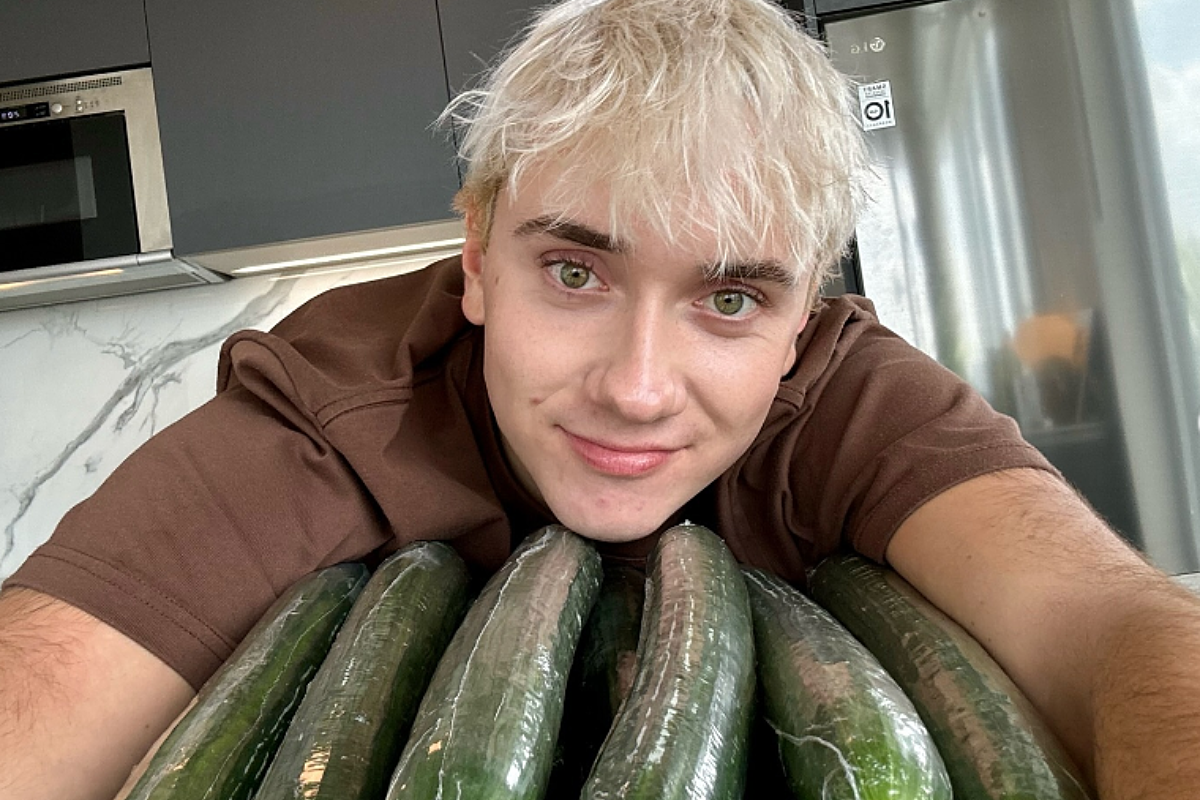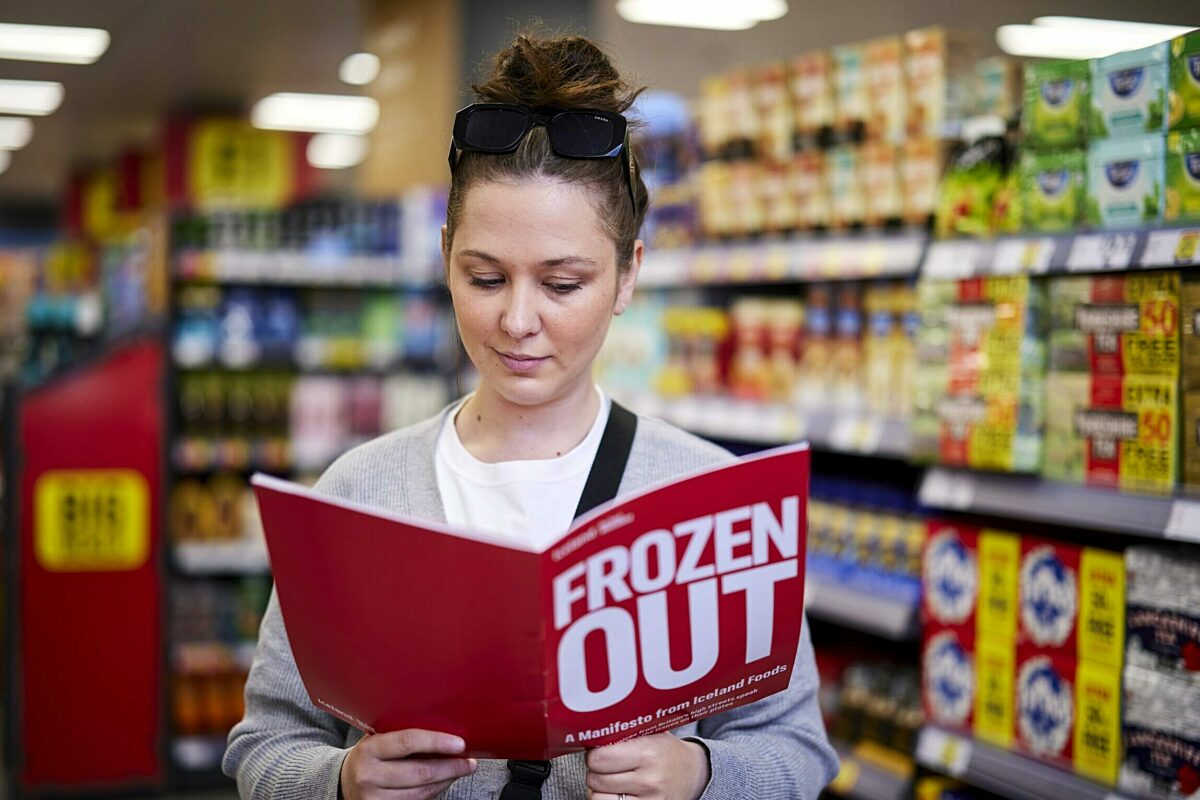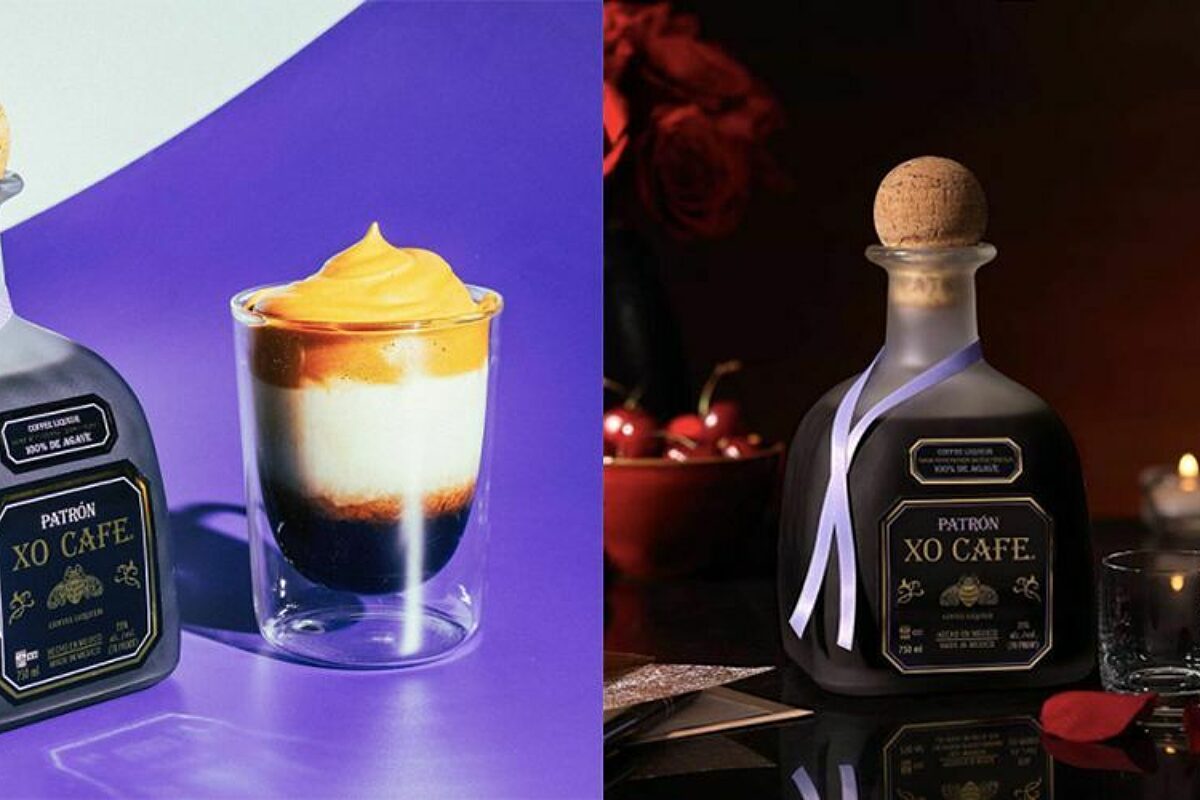Thinking
The 90s are back—and it's 1994 all over again.
It's 30 years since the release of Definitely Maybe and as Oasis fans celebrate the band's reunion, we go back in time to explore the cultural shifts that have shaped the way we eat and drink since.

The nostalgia of the 90s has been bubbling away for a while now, but how has the way we eat and drink really changed over the past three decades? Let's explore three key shifts:
#Shift 1: St. John's 30th anniversary celebration with its nostalgic menus and throwback prices isn’t just a nod to the past—it’s indicative of a broader movement. While the 2000s were characterised by the rise of casual dining (think Wagamama and Pizza Express), we’re now witnessing a return to classic cuisine and extended, leisurely dining experiences. The success of revived spots like The Devonshire is a testament to this shift.
#Shift 2: The focus on sustainability and ethical practices has become a defining characteristic of today’s food culture. The 90s were a different world—household recycling only became law in the 2000s. Fast forward to today, and we've seen the elimination of plastic straws, tighter packaging regulations, and even the polarising introduction of plastic cap ties. Consumers are more conscious than ever, demanding transparency and responsibility from the brands they support.
#Shift 3: In the 90s, it was all about loud above-the-line campaigns and slick PR stunts - and marketing to kids was the norm. Brands like Pop-Tarts, Frubes, Sunny D and Sugar Puffs dominated screens and sales. There was no social media, no influencers, and certainly no online shopping. Today, the landscape has completely transformed. Every brand has a platform, and every consumer has a voice. Authenticity is key, and successful brands must root their stories in culture, engaging with their audience in genuine, meaningful ways.




